In less than 12 months, archaeological excavations conducted in the City of David, Jerusalem, have returned a second gold ring (video here) set with a red gemstone, datable to about 2,300 years ago, symbolizing the passage associated with entry into adulthood. The jewel, which emerged during an excavation campaign jointly sponsored by theIsrael Antiquities Authority andTel Aviv University, fits into the context of the early Hellenistic period and joins other coeval jewelry found at the same site.
The find occurred within the Jerusalem Walls National Park, an area that has long been a focus of archaeological activity in the Israeli capital. The work is being funded by the Elad Association, a private entity engaged in the promotion and development of the City of David as a tourist and cultural attraction. The new ring was identified in the same excavation where, less than a year ago, a first similar specimen was found: again, it was a gold ring, datable to the same period. The newly discovered jewel is small in size and has a red gemstone set in it, probably a garnet.
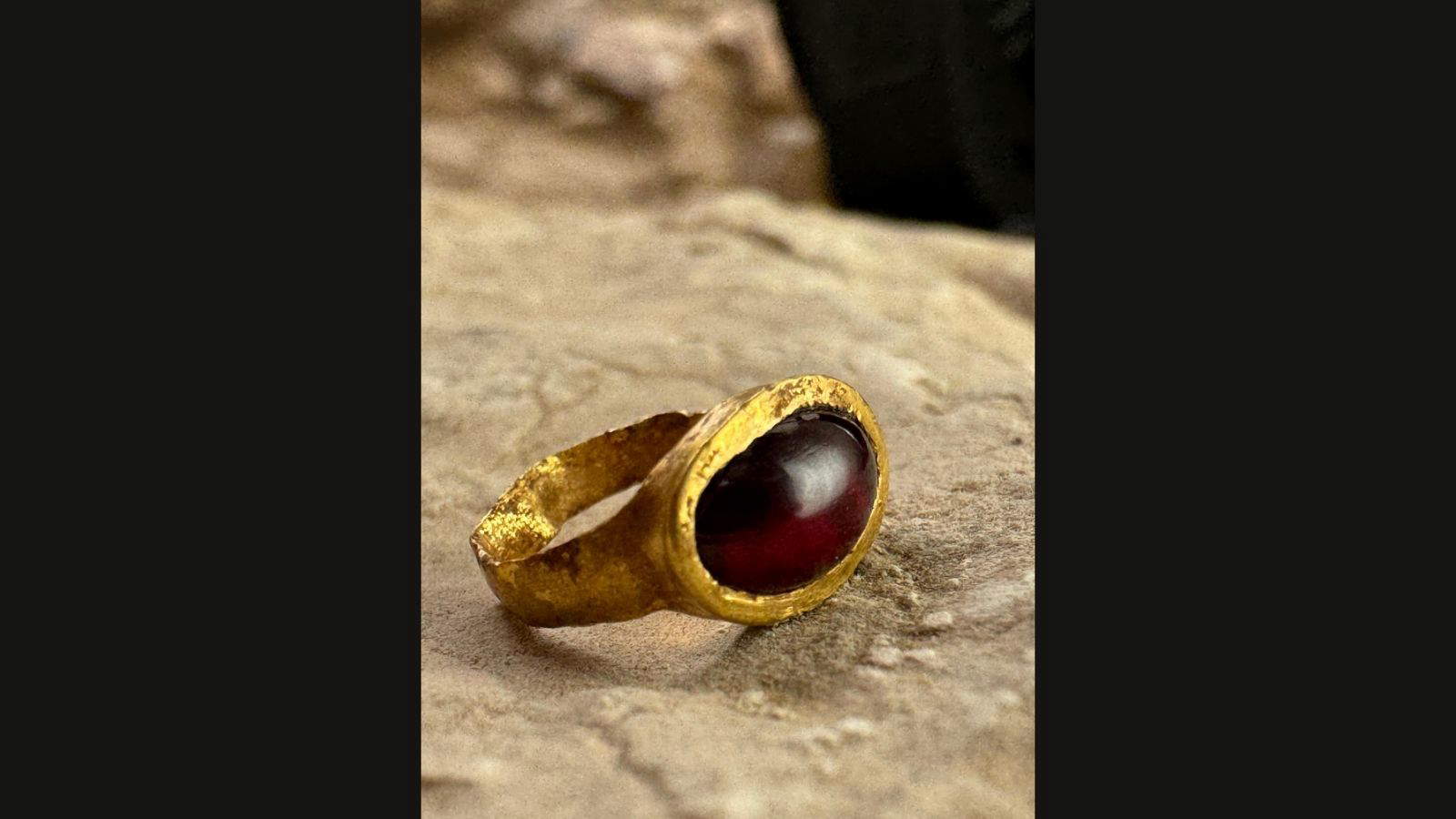
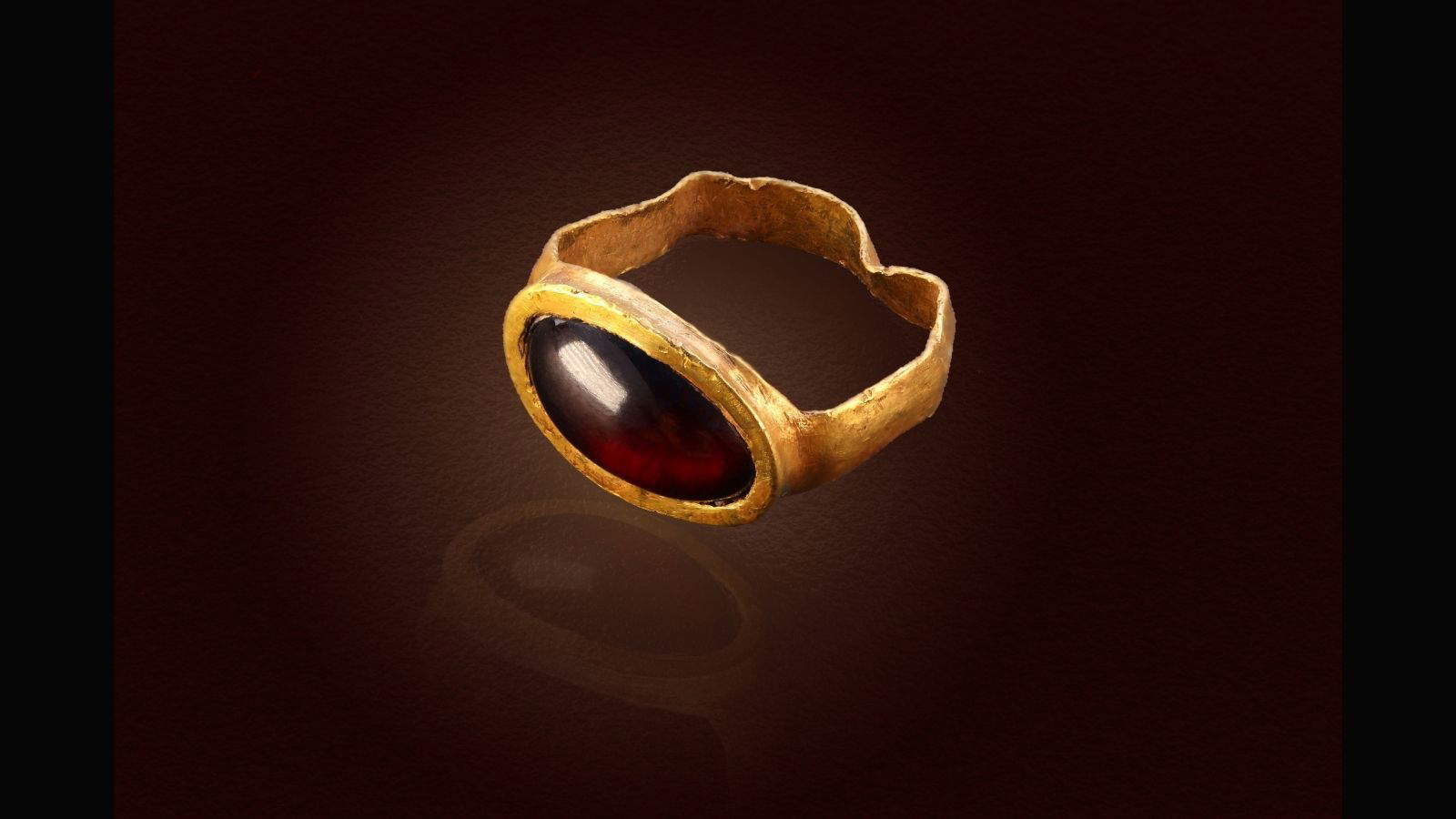
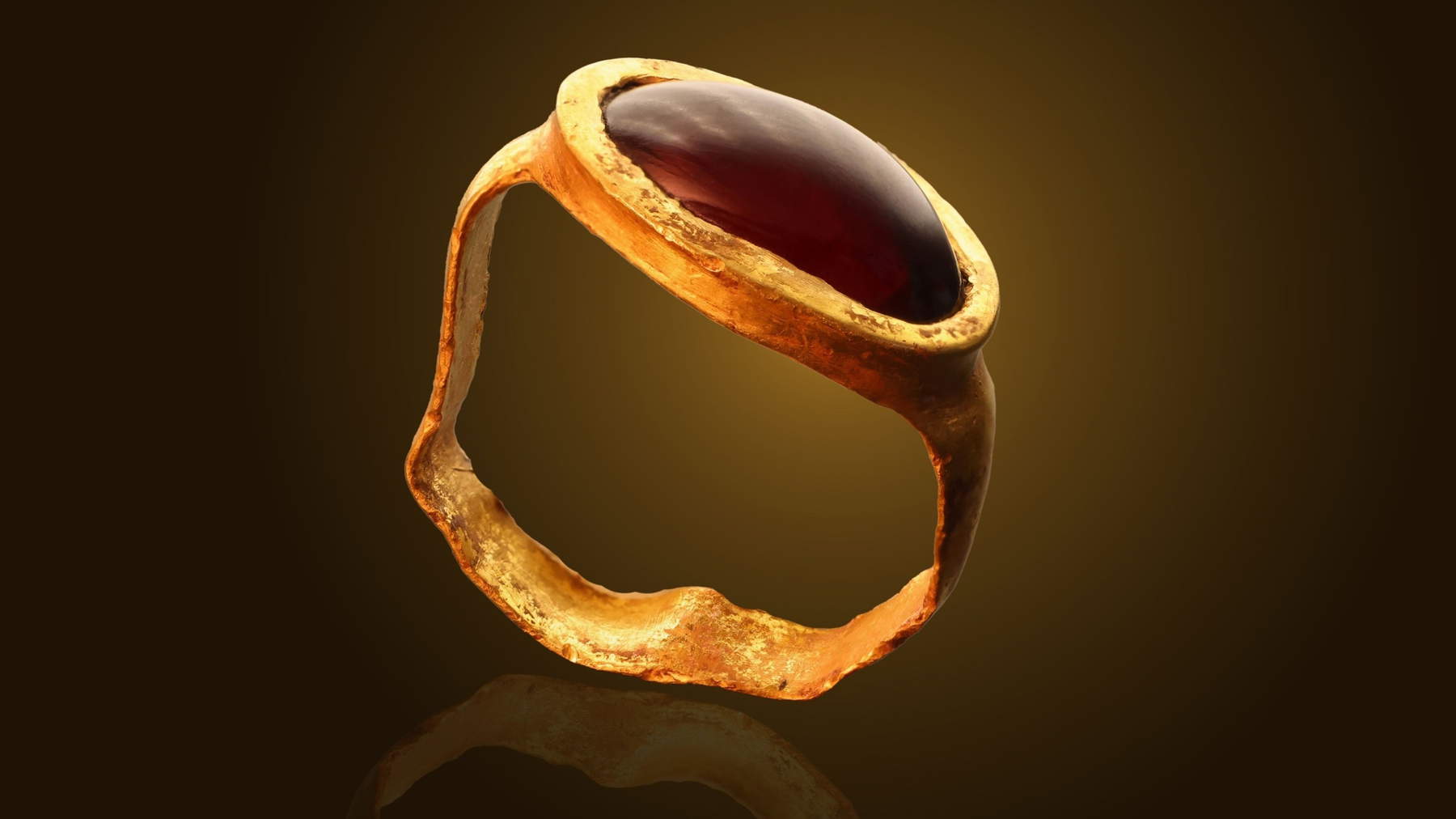
“We scoured the ground with a sieve, right next to the excavation area, and suddenly Ben, who works with me, pulled a gold ring out of the ground,” says Rivka Lengler, an archaeologist from the City of David who was present when the ring was found. “At first, he was sure it was a modern object dropped by one of our excavators, but when I examined the ring, I immediately thought it was something ancient. We called the archaeologists, and they all gathered around us and were amazed at the extraordinary discovery. Even at first glance, you could see its great similarity to the ring discovered only a few months ago. When I held this ring in my hand, I felt I could touch and connect with the people who lived here thousands of years ago.”
According to archaeologists, its small proportions suggest that it belonged to a boy or girl. The object was recovered in a relatively good state of preservation, despite the long time it has spent underground and the transformations Jerusalem’s urban stratigraphy has undergone over the centuries. But why would a 2,300-year-old girl bury her engagement ring under the foundation of her home? “The fact that the two small rings and the rest of the jewelry were found under the floors of the building raises the possibility that they were buried there on purpose,” says indeed Marion Zindel, who led the ring research. “One possibility now being investigated is that the jewelry found in the foundations of the building was unearthed as part of the execution of a well-known custom from the Hellenistic period, in which wedding vows buried jewelry and other objects from childhood in the foundations of the house as a symbol of the transition from childhood to adulthood.”
The era to which the ring is attributed, the Hellenistic period, corresponds to a historical phase when the city was under the influence of the Ptolemaic and later Seleucid empires. The time frame follows the conquest of the area by Alexander the Great and precedes the rise of the Hasmonean kingdom. Written sources on Jerusalem in the Hellenistic period are limited, making each find particularly valuable material for the study of the period.
“The two gold rings were discovered in a layer dating to the late 3rd century or early 2nd century BCE, embedded in the foundation of a large building that testifies to the wealth of its occupants,” say the excavation leaders, Yiftah Shalev and Marion Zindel of the Israel Antiquities Authority, EfratBocher of the Ancient Jerusalem Research Center and Yuval Gadot of Tel Aviv University. “In the same layer where these rings were found, several bronze earrings were also recently unearthed. And it is in this very same layer that a gold earring decorated with the image of a horned animal and an ornate gold bead were also found, all dating to the early Hellenistic period.”
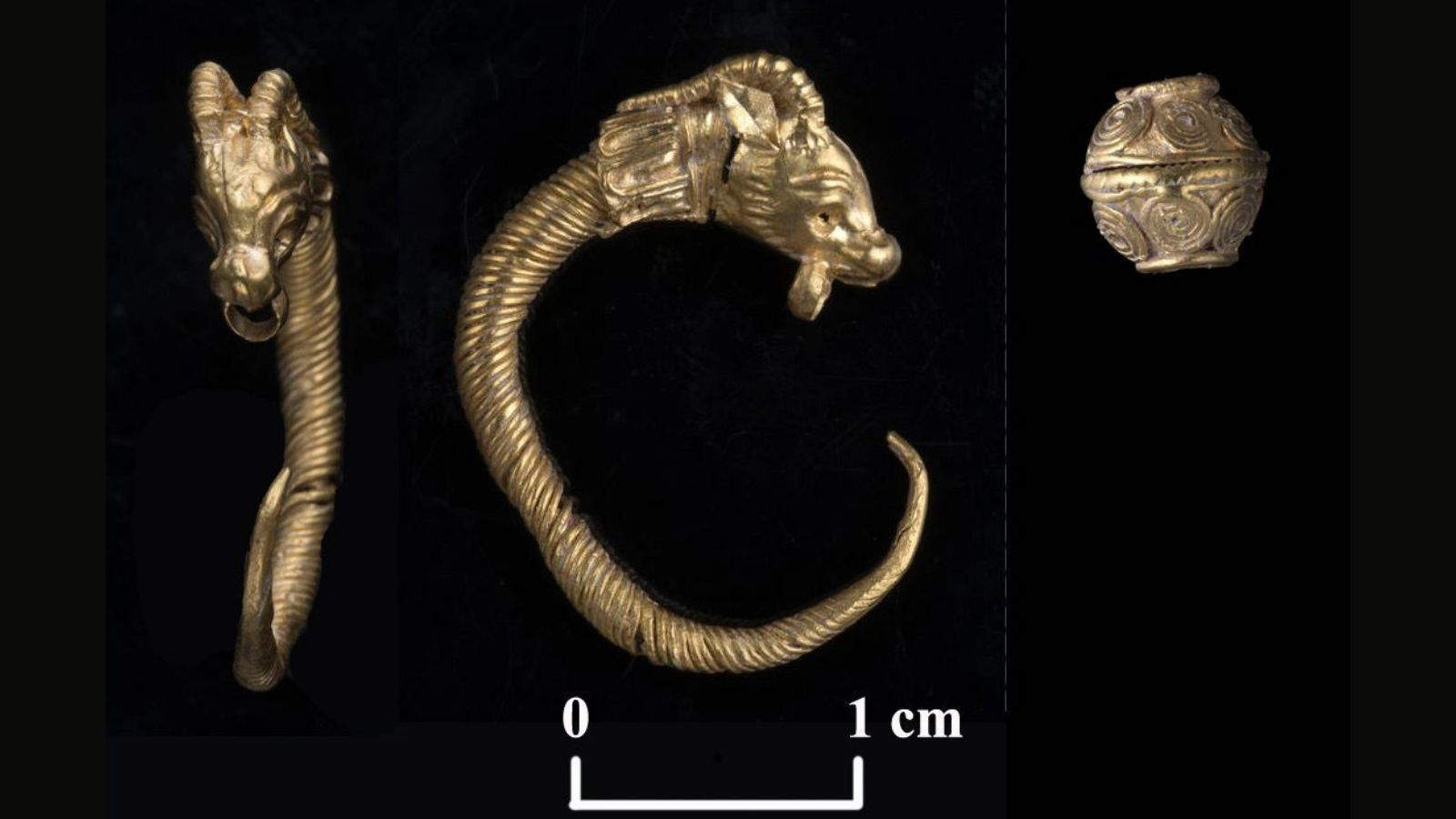
“Jewelry combining gold with brightly colored gemstones,” the researchers say, “such as garnet, was well known in this period, when fashion was influenced by eastern countries such as India and Persia. These style influences were made possible by the conquests of Alexander the Great and the resulting trade channels opened with these regions.”
“This is the first time that we find in Jerusalem such a large collection of gold jewelry from that period. This exposed wealth is very rare in any archaeological layer and attests to the wealth of Jerusalem and the high standard of living of its inhabitants during that period,” adds Efrat Bocher, one of the excavation leaders.
“The discovery of the gold rings dating from the Second Temple era in the City of David is tangible evidence of Jerusalem’s wealth, beauty and importance even thousands of years ago,” adds Eli Escusido, Director of the Israel Antiquities Authority. “The Israel Antiquities Authority is proud to lead Jerusalem’s archaeological research and make the heritage of the ’Golden Jerusalem’ accessible to the public - not just as words in a song, but as historical facts discovered right under our feet.”
Its association with other artifacts from the same period, including everyday objects and building remains, thus enables a broader picture of urban life in ancient Jerusalem during the centuries following the Macedonian conquest. The fact that two gold rings were discovered in the same excavation and referred to the same historical period has attracted the attention of the academic community and scholars of Near Eastern history. The repetition of such a find in such a short span of time suggests that the area in question was inhabited by people with a certain economic status who were able to purchase or pass on gold objects. At the same time, it raises new questions about the role and prevalence of jewelry within local society in the Hellenistic period.
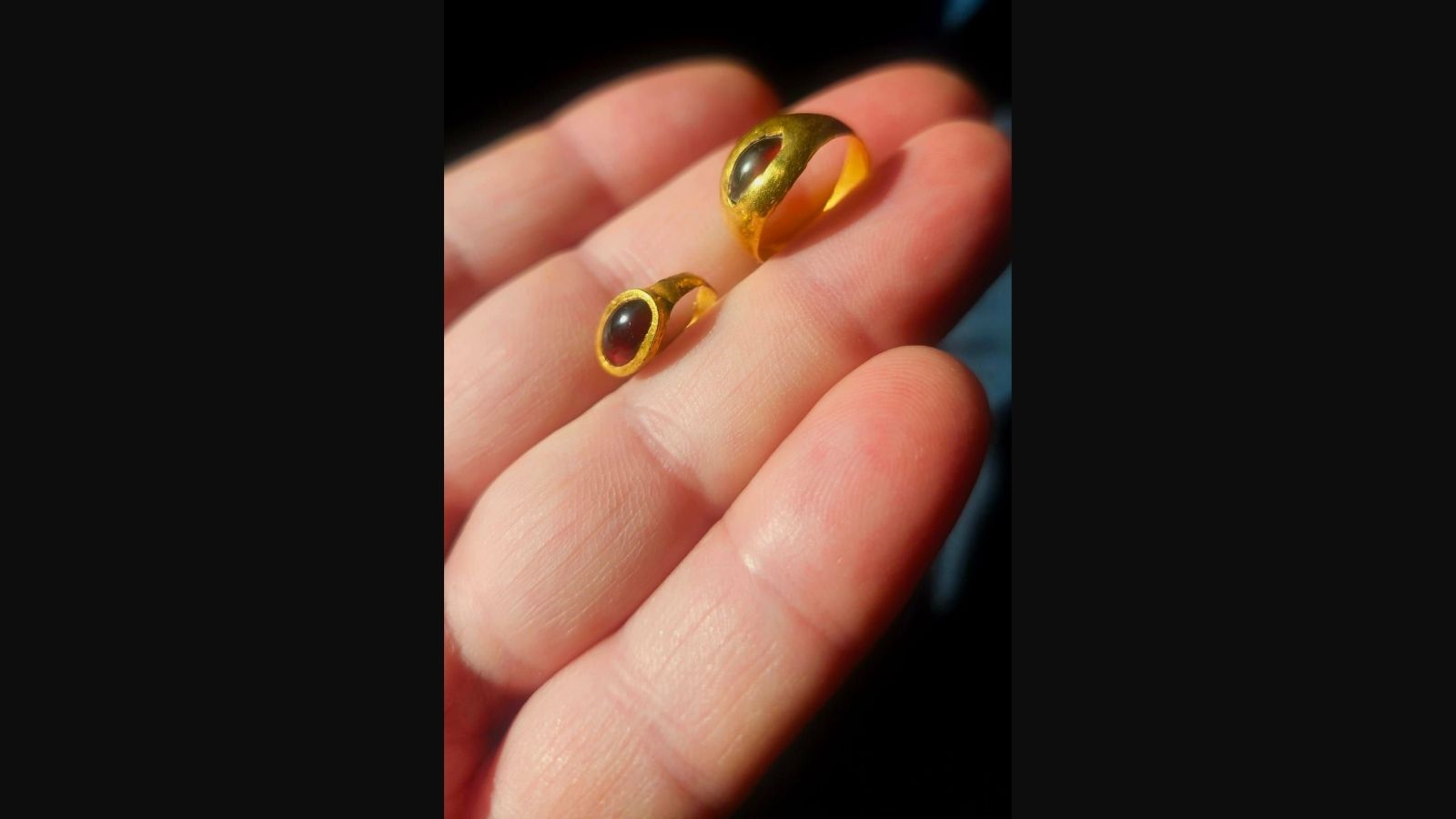
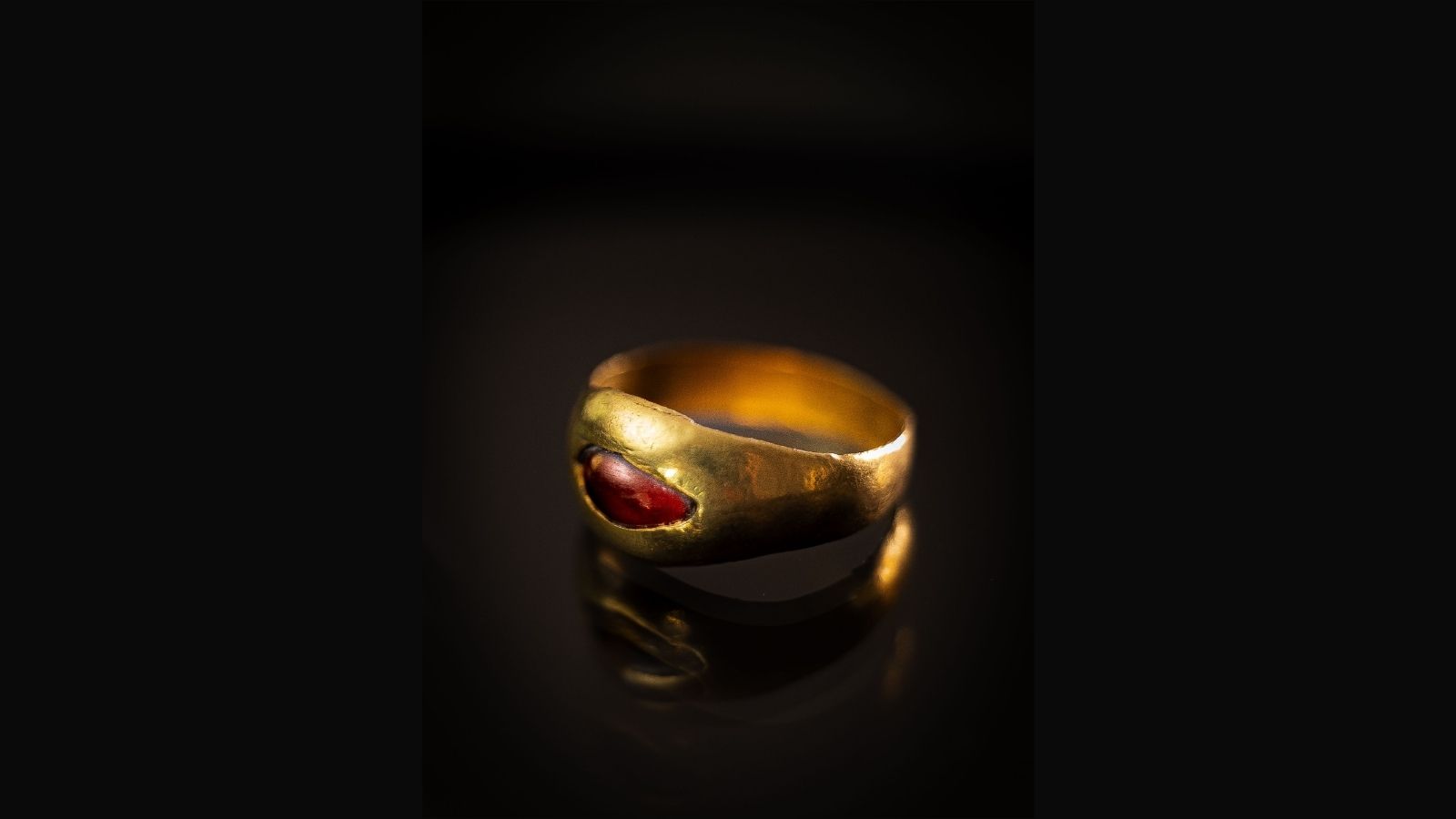
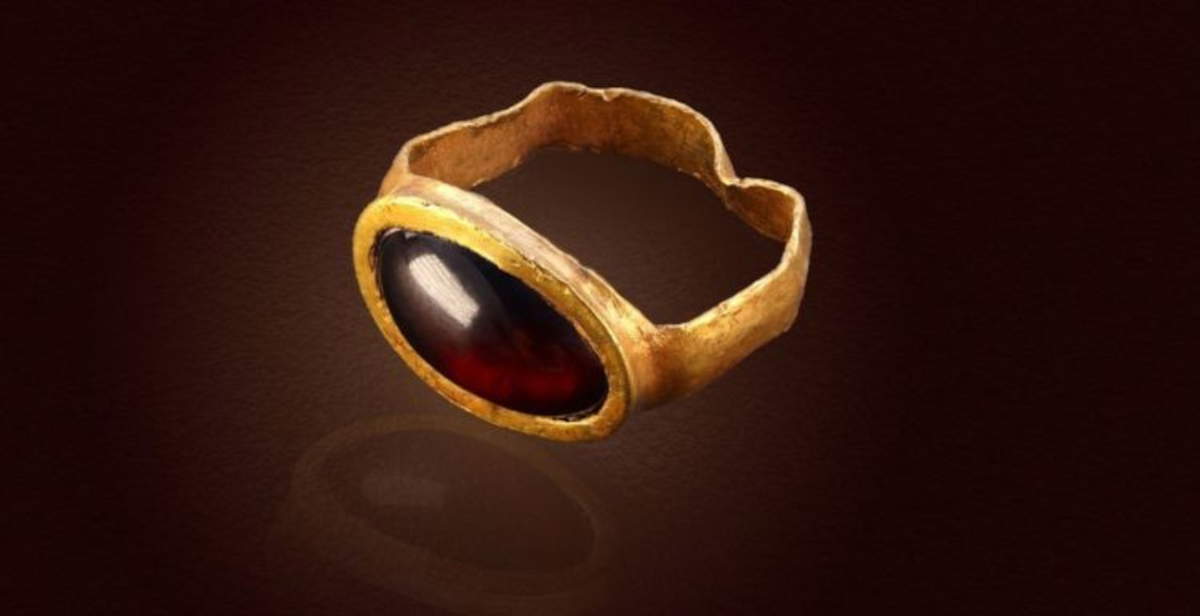 |
| Jerusalem, gold ring found buried 2,300 years ago by a betrothed: here's why |
Warning: the translation into English of the original Italian article was created using automatic tools. We undertake to review all articles, but we do not guarantee the total absence of inaccuracies in the translation due to the program. You can find the original by clicking on the ITA button. If you find any mistake,please contact us.